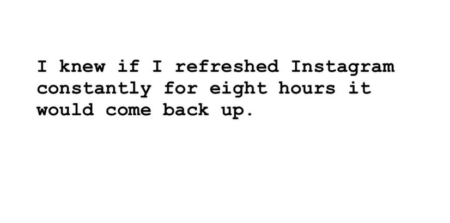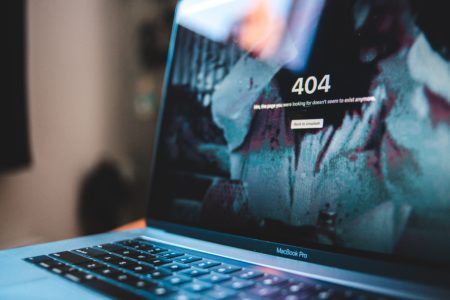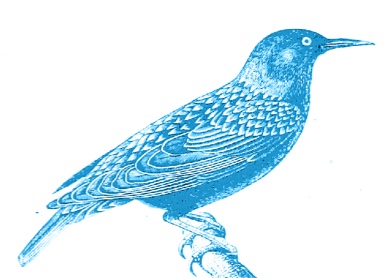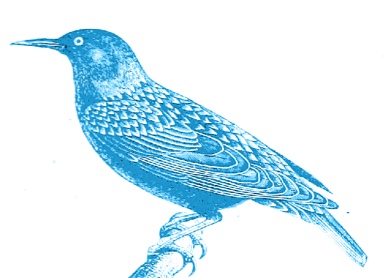On October 4, 2021, Facebook experienced likely the largest outage in its history, which also impacted Instagram and WhatsApp. We all refreshed…and refreshed our pages to no avail. Memes flooded the internet. While a break from the constant flow of information (the good, the bad and the ugly) was somewhat nice, it had a lot of brands in a panic. How would they communicate with their audiences with these giant networks down? Facebook and Instagram still reign supreme when it comes to social media. Facebook remains one of the most widely used online platforms among U.S. adults. And on average, influencers post 3.6 times a week on Instagram. But if those platforms go out again and suddenly you’re left scrambling, this presents an opportunity to rethink your social strategy and not put all your eggs into the Facebook basket.

Image Source: Gary Janetti
Your Website
Your website is like your front door when it comes to the internet. It’s the gatekeeper to your brand and all of the essential information your audience needs to know. In 2004, The Motherhood was born as a blog and our .com destination continues to be our homebase. We own our site and can control our messaging, user experience, design – you name it. While we love Facebook and the ability to run ads and boost influencer content for our clients, it’s important to not have to solely rely on Facebook in case another outage happens.

Keep it Pinteresting
Have you thought about your Pinterest strategy lately? Pinterest continues to be one of the unsung heroes of the social media world. One positive aspect of the pandemic was its growth, gaining more than 100 million monthly active users in 2020 alone. And while users have historically been women (primarily 25-34), 2020 also saw growth among its male and Gen Z users. Not to mention, weekly conversions on Pinterest grew by 300%, and the network is highly shoppable and easy to advertise on.
While its growth dropped a bit in 2021, many savvy influencers are using Pinterest in their overall strategy. Pinterest recently launched ways for them to earn money, including partnering with brands on sponsored content. Influencers are driving views to the platform and brands are taking note. For example, L’Oréal leveraged Pinterest creators to develop branded content such as beauty tutorials for several of its brands using the short-form video feature Idea Pins.
Incorporating Audio & Video
Speaking of video…it only continues to explode. Yes, a lot of that is happening on Instagram and Facebook (which now has reels), but other networks are gaining on them. TikTok has 732 million monthly active users worldwide and generated about $1 billion in revenue in 2020. And it’s only growing faster. And while teens say they mostly use Instagram, their favorite social media platform is actually Snapchat. And back to Pinterest, its users watch close to one billion videos a day.
Influencers are taking note of these other channels and their audiences are following them. In fact, TikTok creators with 15,000 followers or less have higher engagement rates. The time is now to engage on other platforms, understanding where the people you are trying to reach are and what they are doing there.
If you’ve been focused on Facebook and don’t know how to branch out, we’re here to help. Contact us today to rethink your social strategy.


Take a Comment. Leave a Comment.
Read More ...
The Motherhood Partners with University of Pittsburgh on Influencer Symposium, Certification Program
Influencer Marketing Resources: April 2024
Social Media Marketing Do’s and Don’ts for Election Season 2024 (Politics and Social Media)